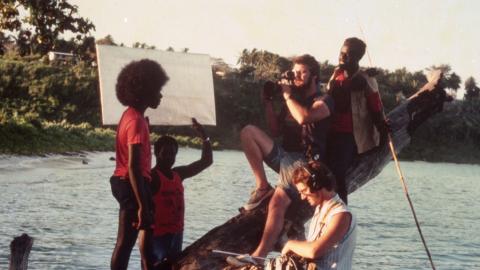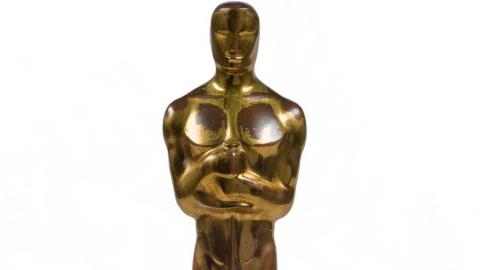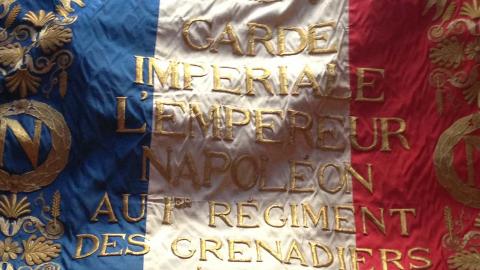
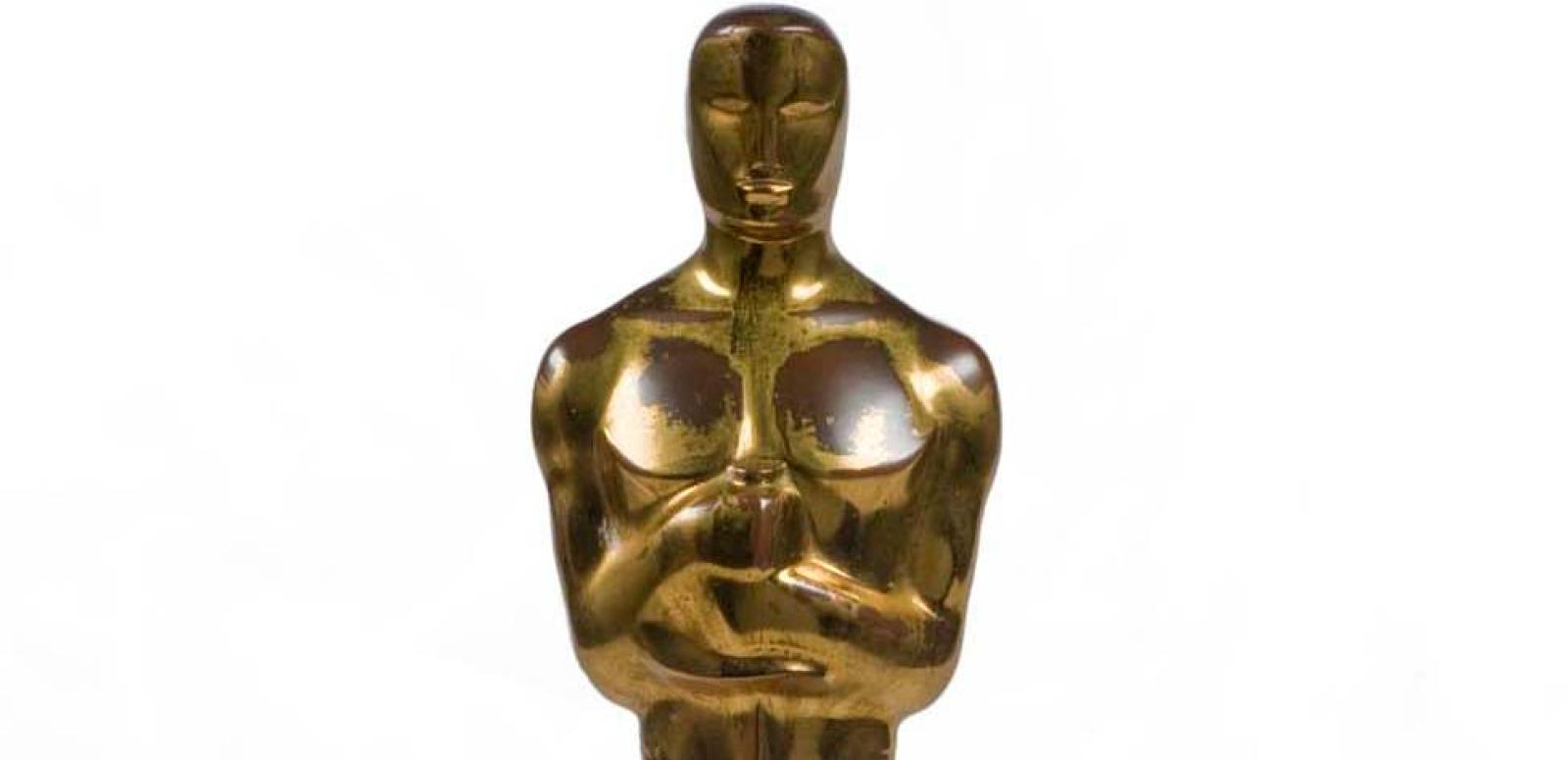
Australian Films at the Oscars
Australian films at the Oscars
The first Australian film nominated for an Academy Award ('Oscar') won - Kokoda Front Line! in 1942.
Since then, Australian productions and co-productions have been nominated in virtually every category - from Best Picture to Costume Design, Documentary Feature to Animated Short (all except Original Song).
In this collection you can view clips from Australian films nominated for Academy Awards from the 1940s to today, and learn more about some of our Oscar-winning artists and craftspeople.
Australian actors are more frequently Oscar-nominated for their Hollywood films - you can see some of their early Australian work in our Before They Were Famous curated collection.
Nominated films not included: Tanna (2015), An Ostrich Told Me the World Is Fake and I Think I Believe It (2022), Better Man (2024) and Memoir of a Snail (2024).

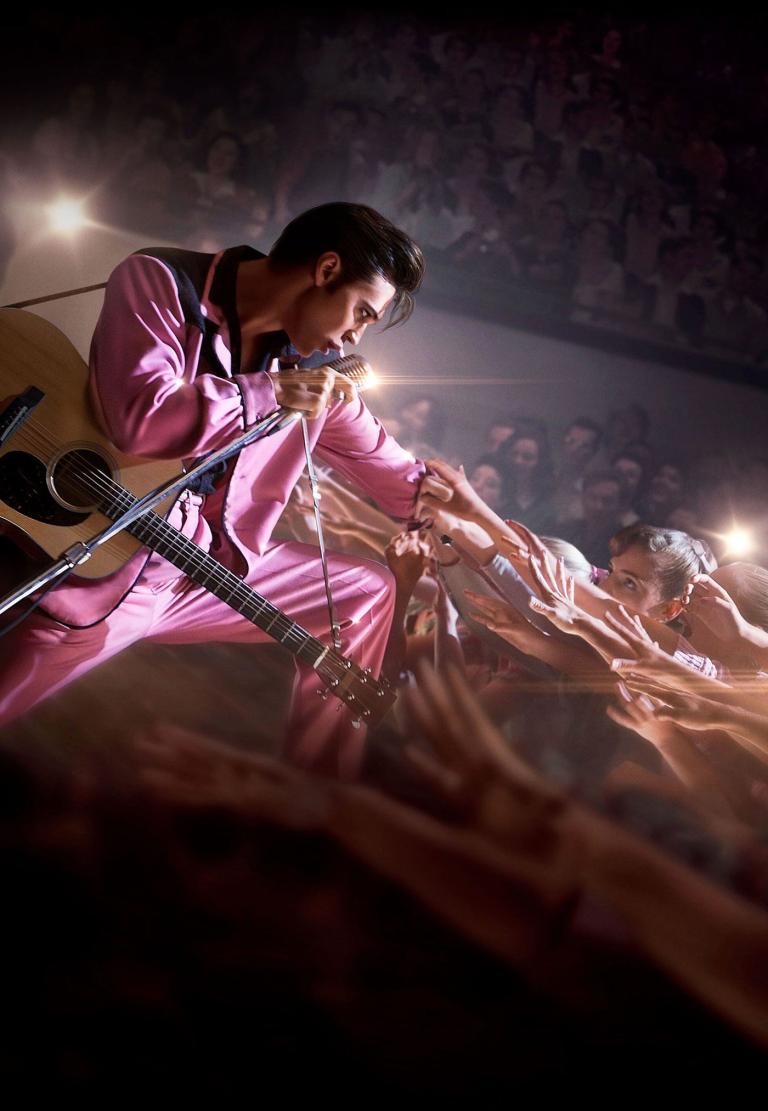
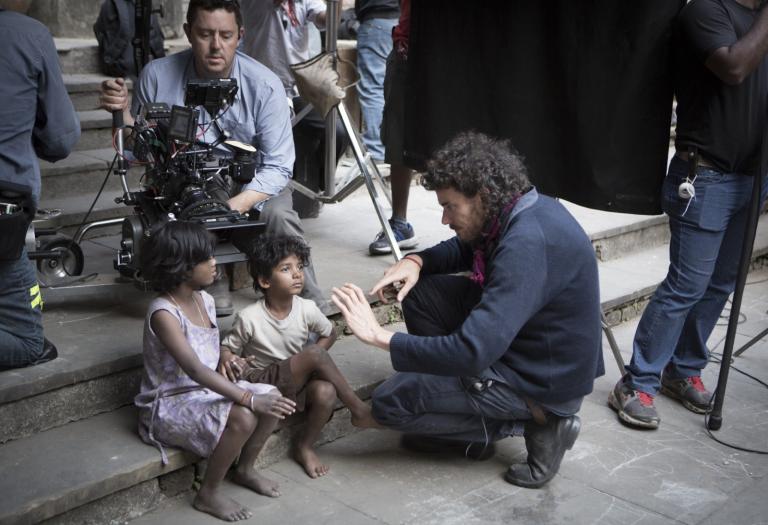
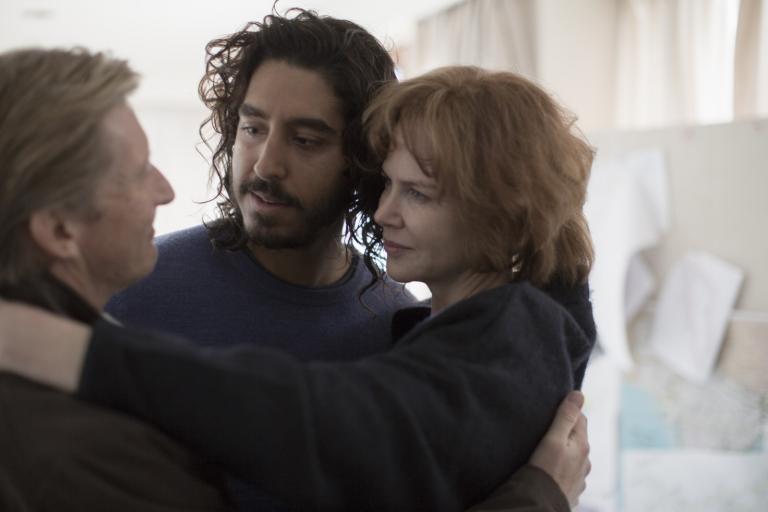
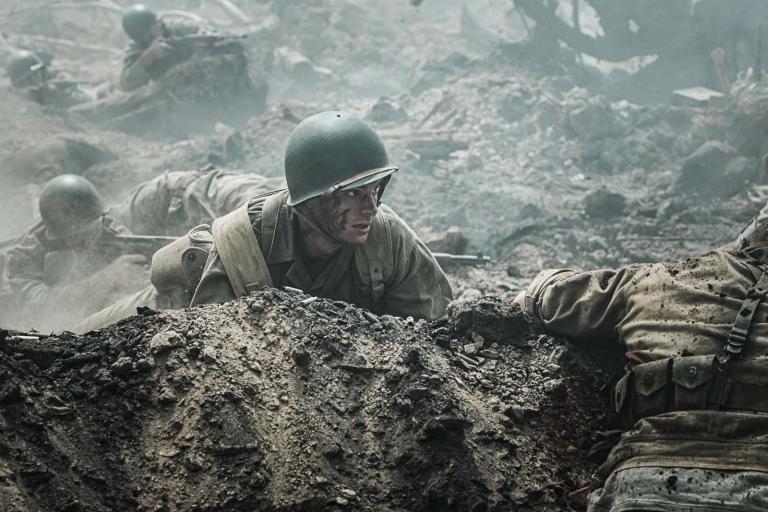
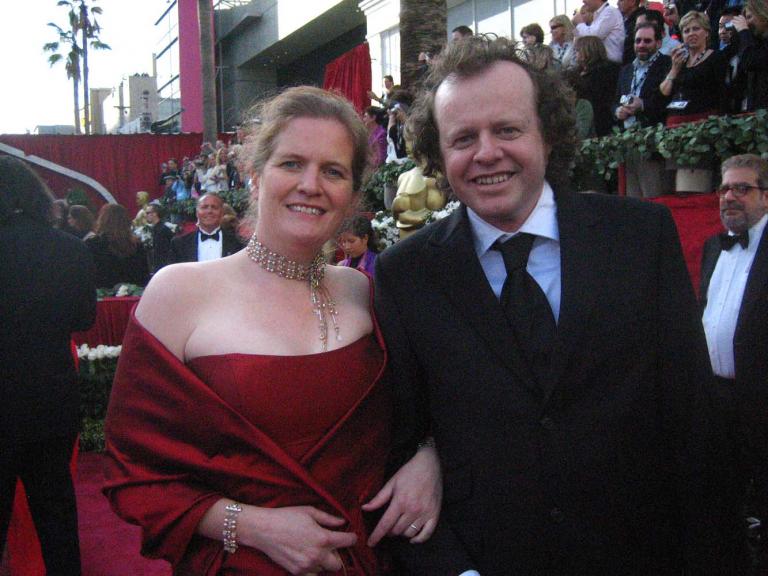
The National Film and Sound Archive of Australia acknowledges Australia’s Aboriginal and Torres Strait Islander peoples as the Traditional Custodians of the land on which we work and live and gives respect to their Elders both past and present.
